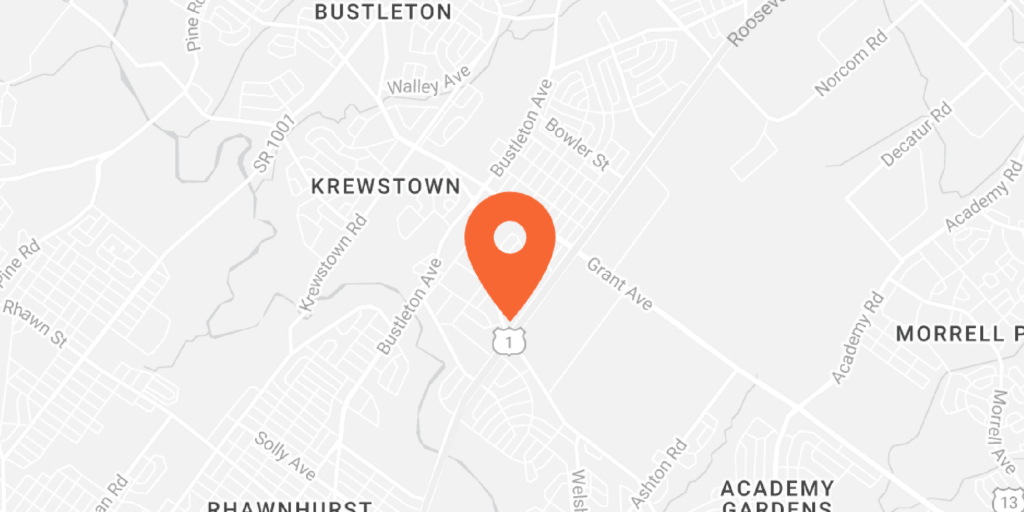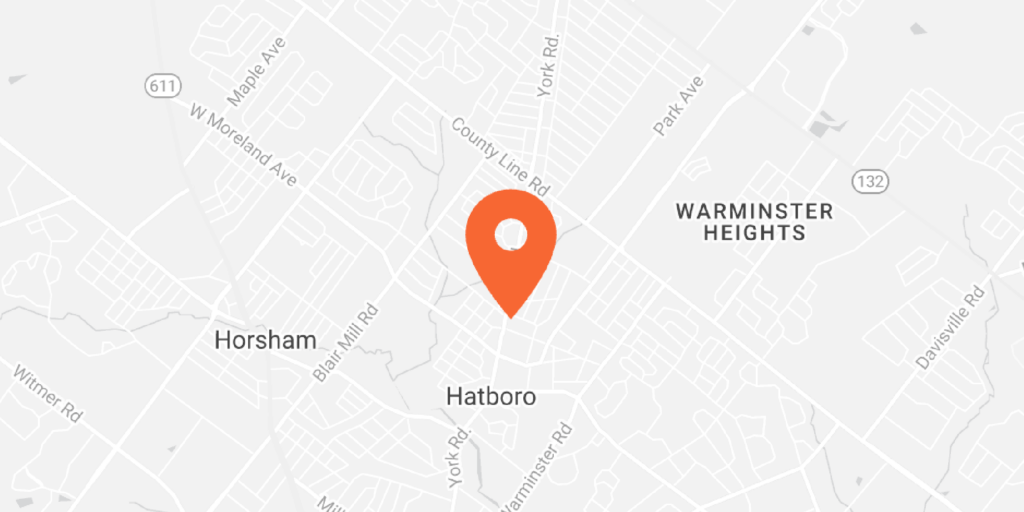There are a wide variety of reasons that people get orthodontic treatment. While many patients do get braces or Invisalign for aesthetic reasons, some of the most common orthodontic disorders can also make chewing difficult, can damage the jaw, and can make it difficult to clean the teeth properly. Because there are such a variety of different disorders that require braces, many people do not know whether or not they actually need an orthodontic treatment. The following list of common orthodontic disorders may help you identify a problem you have been experiencing so you can get the proper treatment.
1. Crowded Teeth
When there are too many teeth and too little space in the jaw, the teeth might be crowded together, pushing some teeth forward, other teeth back, and some out to the sides. This type of crowding can make it very difficult to actually clean the teeth, since the teeth are so close together and are usually overlapping. The overlapping areas make a really good place for bacteria, sugar, and plaque to hide, which, in turn, leads to tooth decay. People with crowded teeth are more likely to see cavities in between those teeth and to have other tooth decay related issues. Having crowded teeth does not necessarily mean that there is actually not enough space on the jaw for all of those teeth—it simply means that the teeth have grown in an uneven spacing and need to be adjusted.
2. Spaces
Those who have crowded teeth may actually also have teeth that are spaced to widely apart. Again, this creates an excellent place for food particles and bacteria to hide, even if the person has very good oral hygiene. The large gaps between teeth can be hard on a person’s self-confidence and can make getting the teeth clean and keeping the mouth healthy relatively difficult. While spaces that are too large in one part of the mouth may also mean that there is crowding in another part of the mouth, all of a person’s teeth might be too widely spaced.
3. Overbites
Having an overbite is another of the most common orthodontic disorders. This condition is characterized by an upper jaw that hangs over the lower jaw too far. An overbite can be corrected with braces and rubber bands, and is enough of a reason in and of itself to invest in an orthodontic treatment. An overbite can lead to teeth grinding and damage of gums. Overbites can also make it difficult to chew, as the top and bottoms rows of teeth do not line up properly. Because the teeth do not lineup properly, they may also be more prone to chipping and damage as the hard areas of the teeth grate against one another, instead of fitting together.
4. Underbites
Like overbites, underbites are relatively common. Instead of the upper jaw hanging out over the lower jaw, the lower jaw juts out in front of the upper jaw. Again, the teeth will be misaligned, which can lead to damage to both the teeth and the gums. This will also make proper chewing difficult. Why is it important to chew properly? There’s a reason your mother always reminded you to chew your food. Chewing is the first stage of the digestive process, and properly chewed food is much easier for the rest of the digestive track to handle. If food is not chewed thoroughly before it is swallowed, it can cause more serious problems down the line. And underbite can be a real impediment to chewing properly and therefore should be corrected.
5. Teeth at Odd Angles
Sometimes, teeth to not grow in at the right angle. They might protrude outwards or they might tilt inwards. These teeth are more likely to be harmed by normal chewing and while playing sports or during other similar activities. The more the teeth are out of their normal alignment, the more likely they are to be damaged and to need significant dental work down the line. Orthodontic treatment can correct the angles of these teeth so they are less likely to be chipped or broken.
6. Crossbites
Crossbites are not as common as underbites and overbites, but they are still an issue. Those that have this orthodontic disorder have a combination of overbites and underbites. One of the most common combinations is having lower molars that are wider than upper molars, but an overbite at the front of the jaw. Like the other types of “bite” problems, the crossbite makes it difficult to chew food properly, as none of the teeth line up correctly. It also creates uneven wear on the teeth, as people learn to chew just on one side of their mouths or only with certain teeth, instead of with the whole mouth.
7. Openbites
If your front or back teeth do not meet as they should, this is called an openbite. It might be combined with other bite issues, but can also be a problem in and of itself. Some teeth will meet, while others won’t, making it difficult for those teeth that don’t meet to effectively chew, while also leading to extra wear on the teeth that do meet. This can be a serious problem and can affect not just the teeth, but the entire digestive system.
While all of these common orthodontic issues may sound serious, they can be easily corrected with the right orthodontic treatment from the right orthodontists.



